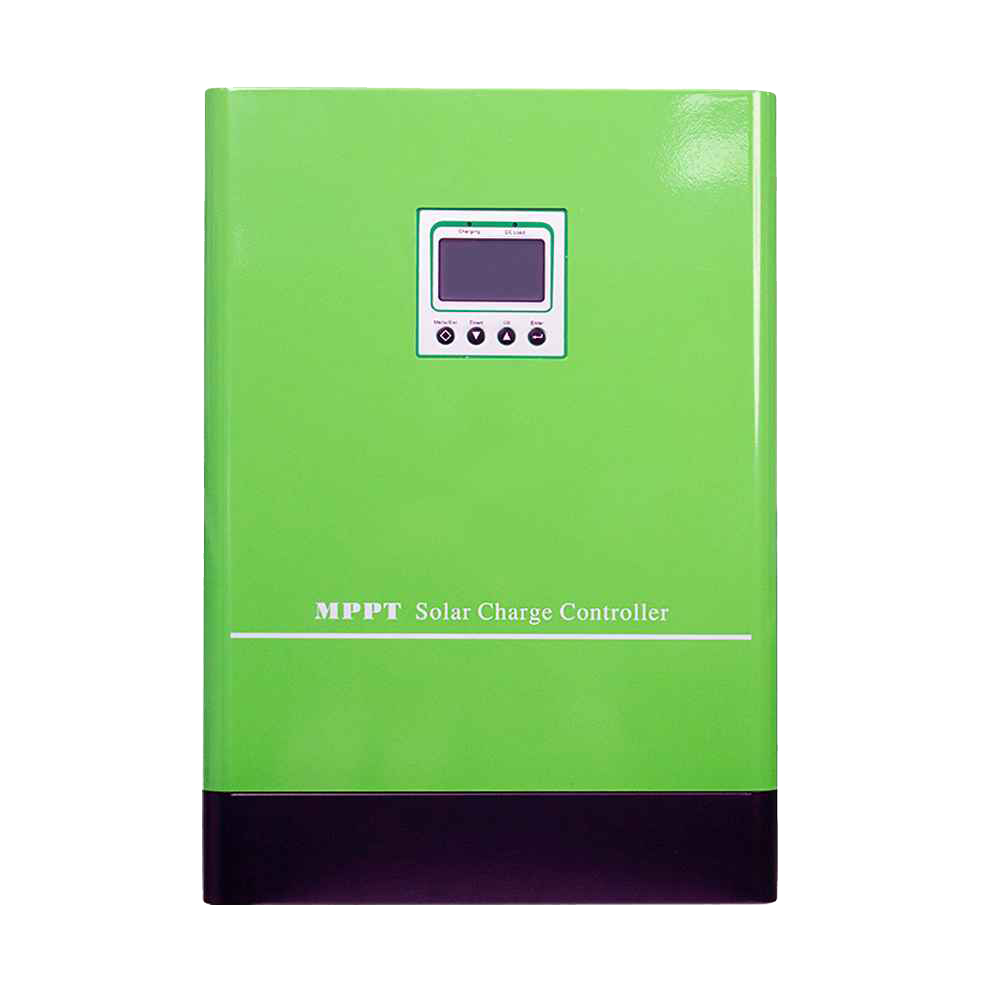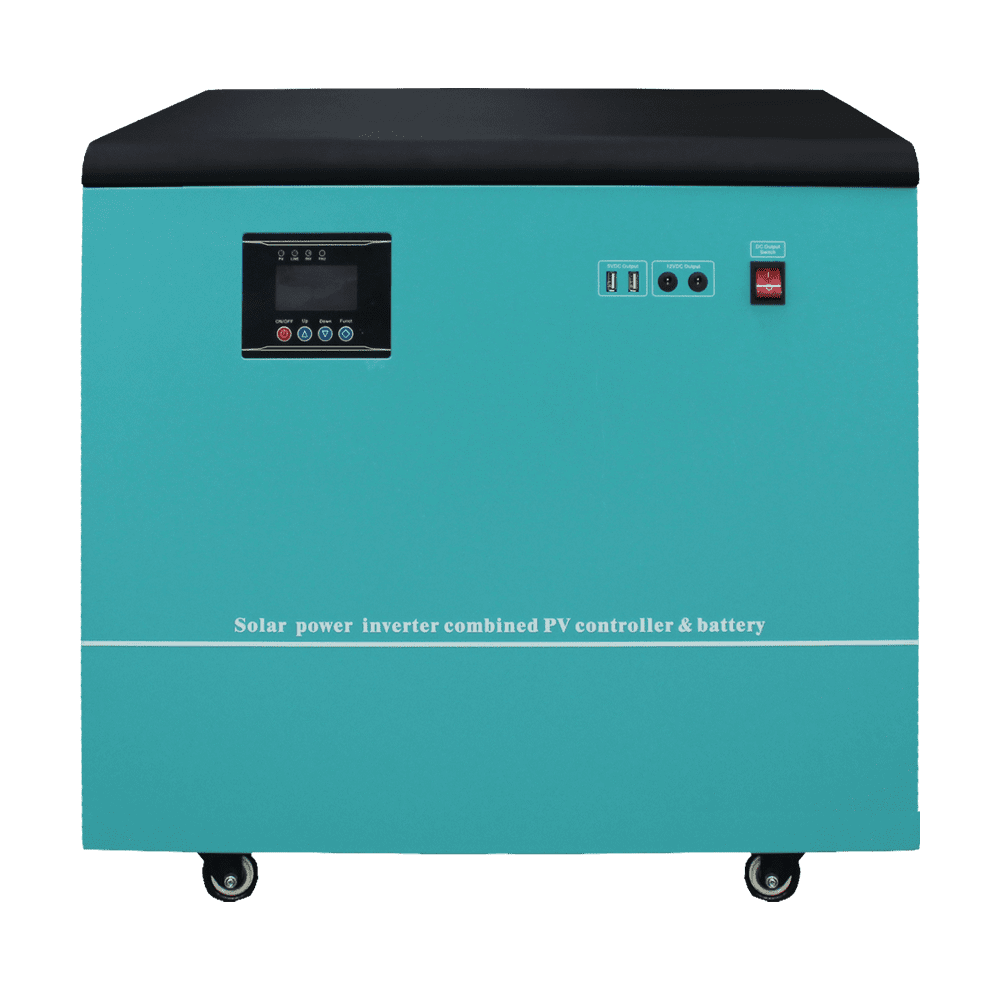Solar energy has become a popular and sustainable alternative to traditional energy sources. The solar inverter is a vital component of a solar power system because it converts the direct current (DC) supplied by solar panels into alternating current (AC) that household appliances can use. This article explores whether a solar inverter can power a house.
Understanding Solar Inverters
What Is A Solar Inverter?
A solar inverter is an essential device in a solar power system that converts the DC electricity produced by solar panels into AC electricity. This conversion is required because the majority of household equipment and the electrical grid use alternating current (AC). Without a solar inverter, the energy generated by solar panels would be unusable for most home applications.
How Does A Solar Inverter Work?
Solar inverters work by taking the variable DC output from solar panels and transforming it into a stable AC output. This process involves several steps:
DC Input: The solar panels generate DC electricity when exposed to sunlight. This DC power is sent to the inverter.
Conversion Process: Inside the inverter, the DC power is passed through a transformer and a series of transistors that rapidly switch on and off, creating an AC waveform.
AC Output: The transformed AC power is then fed into the home's electrical system, making it usable for household appliances.

Snadi Solar Panel Inverter For Household Use
Types Of Solar Inverters
There are several types of solar inverters, each with its own advantages and applications:
String Inverters
String inverters are the most common type of solar inverter. They connect a series of solar panels (a string) to a single inverter. This type is cost-effective and suitable for installations where all panels receive uniform sunlight.
Microinverters
Microinverters are small inverters installed on each solar panel. They convert DC to AC at the panel level, allowing for more accurate performance monitoring and efficiency, particularly in systems with shading or panels facing multiple directions.
Power Optimizers
Power optimizers are a hybrid solution that combines features of string inverters and microinverters. They are installed on each panel to optimize the DC output before sending it to a central inverter. This setup improves overall system efficiency and performance.
Hybrid Inverters
Hybrid inverters can work with both solar panels and battery storage systems. They are perfect for systems with energy storage, which allows for improved energy management and backup power during outages.

Snat Power Inverter For Household Use
Can A Solar Inverter Power A House?
Grid-Tied Systems
In a grid-tied solar system, the solar inverter converts the DC power from the panels into AC power that can be used by the home or fed back into the grid. This solution enables households to lessen their reliance on the grid and lower their electric expenses. However, during a power outage, a standard grid-tied system will not provide power unless it includes a battery backup.
Off-Grid Systems
Off-grid solar systems rely entirely on solar power and battery storage. The solar inverter in this setup converts DC power from the panels and batteries into AC power for the home. This system provides complete energy independence but requires a larger investment in batteries and solar panels to ensure a reliable power supply.
Hybrid Systems
Hybrid systems combine the benefits of grid-tied and off-grid systems. They use a hybrid inverter to manage power from solar panels, batteries, and the grid. This configuration enables energy storage, grid interaction, and backup power during outages, making it a versatile solution for powering a home.

Snat Solar Inverter For Home Use
Benefits Of Using Solar Inverters
Energy Independence
Solar inverters enable homeowners to generate their own electricity, reducing reliance on the grid and providing energy independence. This is particularly beneficial in areas with frequent power outages or high electricity costs.
Environmental Impact
Solar inverters transform solar energy into usable power, which minimizes greenhouse gas emissions and dependency on fossil fuels. This contributes to a cleaner and more sustainable environment.
Cost Savings
By generating their own electricity, homeowners can significantly reduce their electricity bills. Additionally, many regions offer incentives and rebates for solar installations, further lowering the overall cost.
Increased Property Value
Homes with solar power systems often have higher property values and are more attractive to buyers. A solar inverter and a well-designed solar system might be valuable selling points.
Conclusion
A solar inverter is an essential component of any solar power system, transforming DC electricity generated by solar panels into AC electricity usable by household appliances. With various types of inverters available, homeowners can choose the best option based on their specific needs and installation conditions. Solar inverters, whether connected to the grid, off-grid, or hybrid, can successfully power a home, enabling energy independence, financial savings, and environmental benefits. Investing in a solar inverter and a well-designed solar power system is a step towards a sustainable and energy-efficient future.













